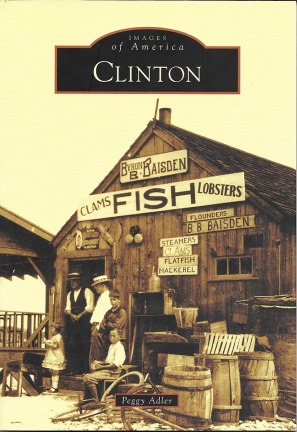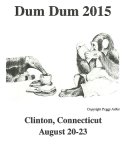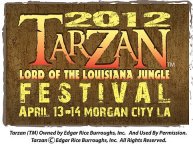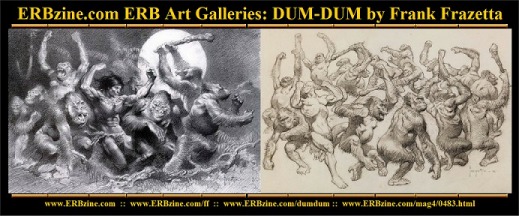Clinton, Connecticut’s history goes back
to 1663, when a committee appointed by the General Court at Hartford laid
out a settlement to be known as the Homonoscitt Plantation. The land lay
between two rivers, One river was at the eastern end of Guilford, in the
New Haven Colony and the other, at the western end of Saybrook, in the
Connecticut Colony. The settlement was to be located on over 50 square
miles of land, which had not yet been claimed by white men. The land, in
fact, was home to the Homonoscitt people. It was wooded; abounded
in game; and had salt meadows, beaches and a sheltered harbor to the south.
The committee determined that the plantation would be
established for 30 families and provision was made, as well, for a church
and support of a minister. Main Street was laid out by a surveyor
and the adjacent land was divided into 30 equal lots. Each of the original
30 families received three parcels. One on which to build a house.
A second, a salt marsh, on which to grow salt hay to feed their animals.
And a third, a lot from which wood could be cut for housing, heat and cooking.
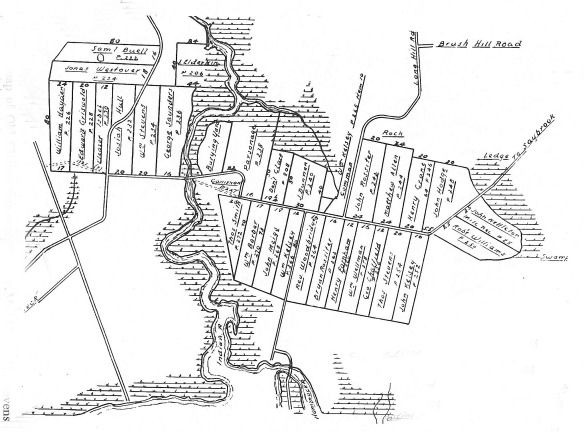
A replica of the map of the Original Homonioscitt
Plantation.
(courtesy of the Stevens Family)
In 1667, the settlement was designated a town by the Court
of Election at Hartford and given the name of Kenilworth, though it was
changed to Killingworth by the middle of the eighteenth century.
In 1694, Abraham Pierson became pastor at the town’s Congregational
Church. And in 1701, when the Connecticut Colony's General Court granted
a charter for "the founding of a collegiate school within His Majesty's
Colony of Connecticut", its founders chose Pierson as its rector. For six
years, the first classes were held at his parsonage in Clinton. After his
death in 1707, the school was moved 25 miles west to New Haven. Ten years
later it was renamed Yale College, after Elihu Yale, an East India Company
merchant who had given the Collegiate School a gift of goods that were
sold and used to purchase books. The school’s largest endowment for
the next one hundred years.
On January 9, 1788, the Connecticut Colony was admitted
to the union, becoming the United States of America’s 5th State.
Fifty years later, the southern portion of the town of Killingworth was
incorporated by the State of Connecticut’s General Assembly as the Town
of Clinton, “upon a petition of the sundry inhabitants of the town of Killingworth”.
Thus, the part of Killingworth that lay south of the line dividing the
first and second school societies would “constitute a separate and distinct
town, by the name of Clinton”. The northern portion of the
town would retain the name of Killingworth. And “all paupers of said old
town of Killingworth” would be “divided between the two towns of Killingworth
and Clinton.”
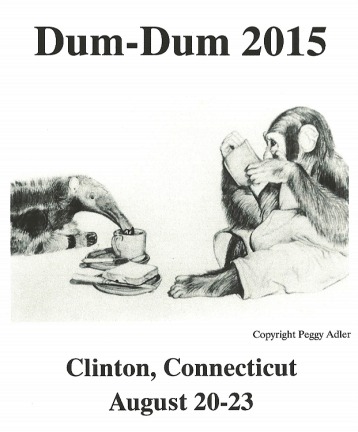 The 2015 four day Dum-Dum followed seventeen months of planning
and organizing by Clinton resident Peggy Adler and was hosted by Peggy
and her partner Harry Swaun. Members of the Burroughs family (who judged
the Tarzan yell competition); the folks from ERB, Inc, along with ERB comic
strip writers and artists, authors of ERB related books; and Burroughs
Bibliophiles came to Clinton to celebrate Burroughs’ genius. In all,
close to one hundred travelled there for the festivities.
The 2015 four day Dum-Dum followed seventeen months of planning
and organizing by Clinton resident Peggy Adler and was hosted by Peggy
and her partner Harry Swaun. Members of the Burroughs family (who judged
the Tarzan yell competition); the folks from ERB, Inc, along with ERB comic
strip writers and artists, authors of ERB related books; and Burroughs
Bibliophiles came to Clinton to celebrate Burroughs’ genius. In all,
close to one hundred travelled there for the festivities.
As irony would have it, the 2018 Dum Dum was in
Morgan
City, Louisiana, where the first “Tarzan” motion picture, a silent
film starring Elmo Lincoln, was filmed in 1918. Ironic, because Morgan
City was named for Clinton, Connecticut’s very own Charles Morgan.
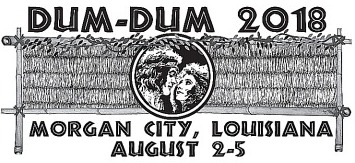
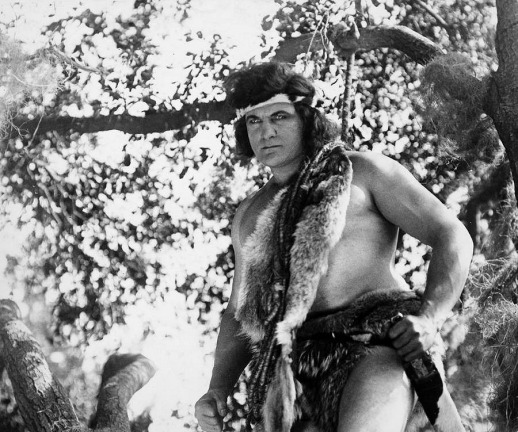
Elmo Lincoln, the motion picture's first Tarzan,
filmed in 1918 in the swamps of Morgan City, Louisiana.
(Courtesy of Edgar Rice Burroughs, Inc.)
Charles Morgan was born in Clinton on April 21,
1795, and lived at 86 East Main Street, just a few doors up from where
the 2015 Dum Dum was held. At the age of fourteen, he left
his home in Clinton and went to New York City, where he went to work
as a grocer’s clerk. Morgan had what was then known as a “common education”,
for in those days, to receive an academic or collegiate education was only
meant for people who planned to pursue “learned professions”. At twenty-one,
he went into business for himself, owning a ship chandlery and import business.
Morgan invested in sailing vessels as early as 1819, yet sold the last
of those investments twenty seven years later. During the 1830s he
owned stakes in steamship companies that shipped to Kingston, Jamaica and
Charleston, South Carolina. He also owned a stake in a company that shipped
between Galvaston, Texas and New Orleans, Louisiana. In 1855, Morgan incorporated
his assets, co-founding the Southern Steamship Company.
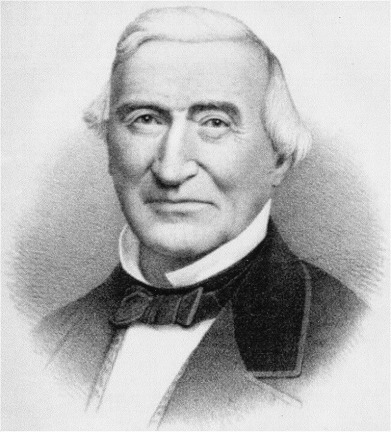
Charles Morgan
(Courtesy of the Clinton Historical Society)
During the Civil War, some of Morgan’s steamships were
seized by both the North and the South. And since most of them were
owned by the Southern Steamship Company, the company was liquidated in
1863. Despite his losses, Morgan prospered during the war. For though
he ran blockade runners for the Confederacy, his most profitable venture
during this period was the Morgan Iron Works, which built thirteen ships
for the Union Navy.
When the war was over, Morgan repurchased, at very low
prices, some of the steamships that had been seized; sold his interest
in the Morgan Ironworks; expanded his steamship fleet; and began the Morgan
Line from New York to New Orleans. And by 1870, he was called the
largest ship owner in the United States. Additionally, in 1869 Morgan
bought his first of three railroads, one of which was the bankrupt New
Orleans and Great Western Railroad – later named the Morgan, Louisiana
and Texas Railroad which ran westward from New Orleans to Grand Bay at
Brashear City, Louisiana. Brashear City sat on the banks of the Atchafalaya
River. The town had originally been called "Tiger Island" because of a
particular type of wild cat seen in the area, but was changed (for a time)
to "Brashear City," named after Walter Brashear, a prominent Kentucky physician
who had purchased large tracts of land and acquired numerous sugar mills
in the area. Finally, in 1876, the community's name was changed to Morgan
City in tribute to Charles Morgan, Clinton, Connecticut’s very own rail
and steamship magnate, for it was he who first dredged the Atchafalaya
ship channel to accommodate ocean-going vessels.
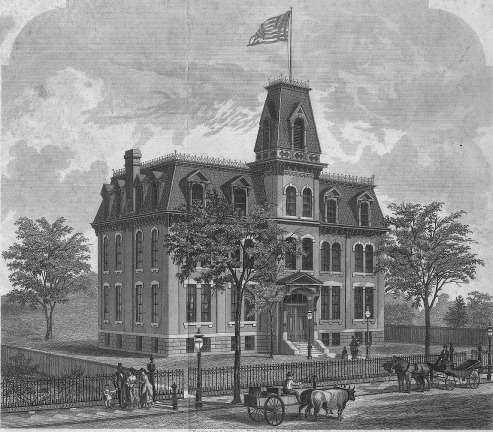
The original Morgan School's building
(Courtesy of the Clinton Historical Society)
The same year that he bought his first railroad, Morgan
donated $110,000 to pay for land and construction of The Morgan School
(to provide the young people of Clinton with every possible educational
advantage) and to purchase the cottage next door as a preceptor’s residence.
Morgan then established an endowment fund of $50,000, which increased over
time and by 1879 was valued at $200,000. The endowment paid for the
school’s maintenance, teacher salaries and all other expenses, except textbooks,
pens, pencils and paper. Morgan proclaimed that the building would
be solely for the use and benefit of the town and be free of any political,
partisan or sectarian purpose.
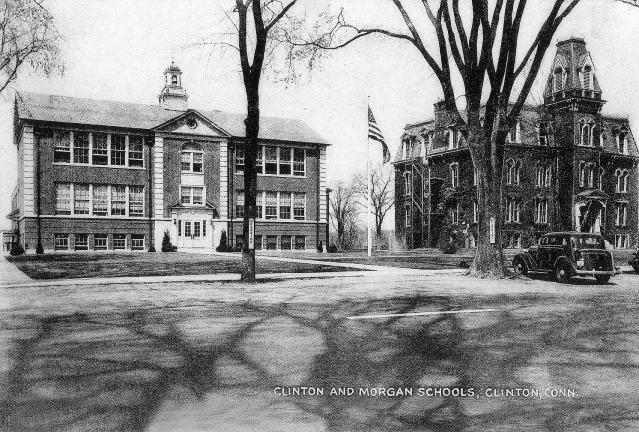
The original Morgan and Clinton Public [aka
Pierson]
(Courtesy of the Theodore Neely Postcard Collection, at the Clinton
Historical Society)
The Morgan School opened for classes in April 1872 with
205 students, a principal, five teachers a janitor and a budget of $6500.
The school provided a tax-free education for all of Clinton’s children
until 1933. By then, the student population had grown to such an
extent that the Clinton Grammar School was built next door, where the Morgan
preceptor’s home had once stood. And for the first time, the townspeople
had to pay taxes for the education of their children. Although The
Morgan School has had two sites since the construction of the original
building, its original site is now the home of a gazebo - the one that
housed the Beatle concert the opening night of Dum Dum 2015.
Charles Morgan died in 1878 at the age of 83 at his home
in New York City.

Read Peggy Adler's Bio at:
https://en.wikipedia.org/wiki/Peggy_Adler
Peggy Adler's CLINTON Book
May be purchased at Amazon
www.amazon.com/Clinton-Images-America-Peggy-Adler/dp/1467103551/

